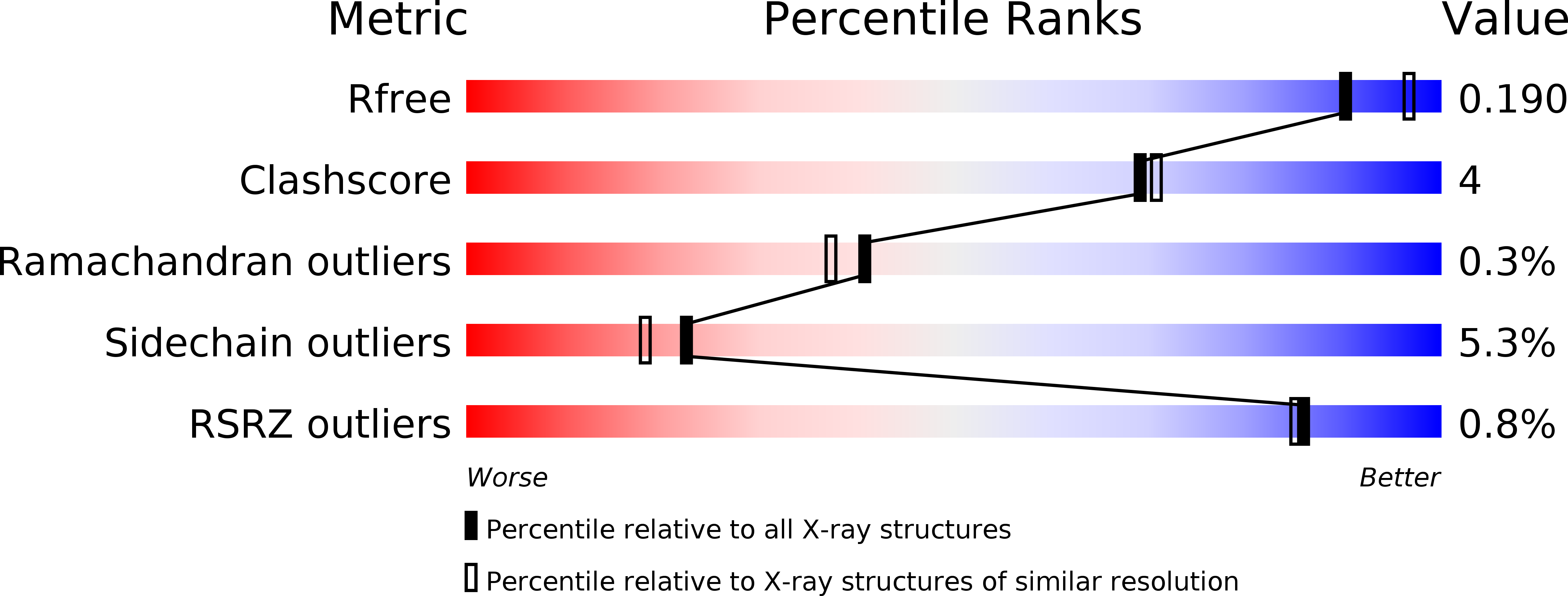
Deposition Date
2012-02-22
Release Date
2012-08-29
Last Version Date
2024-02-28
Entry Detail
PDB ID:
4DUO
Keywords:
Title:
Room-temperature X-ray structure of D-Xylose Isomerase in complex with 2Mg2+ ions and xylitol at pH 7.7
Biological Source:
Source Organism:
Streptomyces rubiginosus (Taxon ID: 1929)
Method Details:
Experimental Method:
Resolution:
2.00 Å
R-Value Free:
0.19
R-Value Work:
0.14
R-Value Observed:
0.14
Space Group:
I 2 2 2


